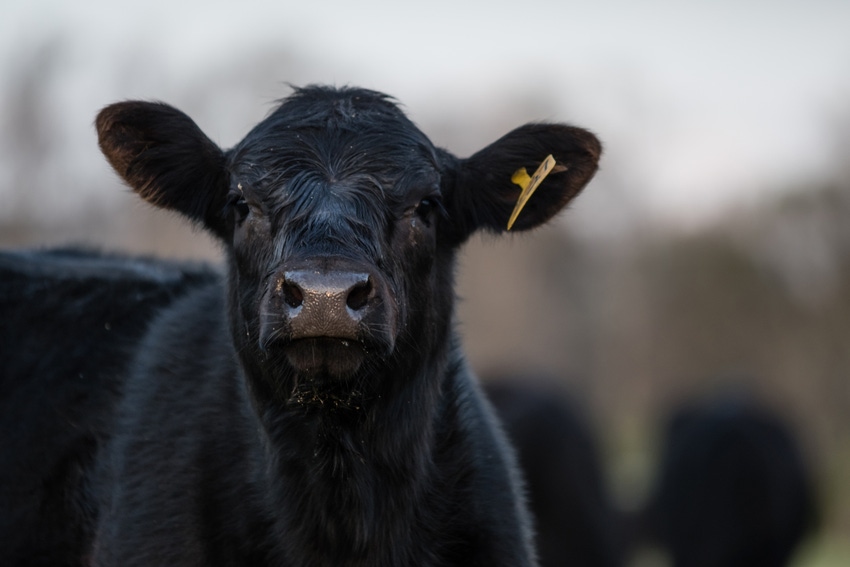Use of CPRC as lipid supplement in feedlot diets improved fatty acid profile of muscle fat without compromising meat oxidative stability.

Cold-pressed rapeseed cake (CPRC) — a byproduct of biodiesel manufacturing obtained after simple mechanical extraction of the oil — has a high crude fat content and contains significant amounts of linoleic acid, which make it a promising lipid supplement to modulate meat fatty acid profile, according to researchers in Spain.
H. Benhissi, A. García-Rodríguez and I. Beltrán de Heredia with the Neiker-Tecnalia department of animal production in Vitoria, Spain, noted in an article published in Animal Production Science that previous studies have indicated that using unsaturated fats in beef cattle diets could promote lipid oxidation and reduce meat redness.
Benhissi et al. conducted a study to evaluate the effects of supplementing intensively fattened beef steers with CPRC on the fatty acid composition of beef fat and changes in measures of meat color and lipid oxidation in meat during six days of aerobic storage.
The researchers divided 16 Limousin steers into two homogeneous groups that were fed ad libitum with barley straw and a concentrate mixture supplemented with either a control diet that contained PROGRAS at 2.7% of the diet (high in palmitic acid C16:0 from palm oil) or CPRC at 14.8% of the diet for a period of nine months.
The researchers assessed growth performance and carcass traits as well as analyzed intramuscular fatty acids, color stability and lipid oxidation in meat stored aerobically at 4°C for zero, three or six days.
According to Benhissi et al., slaughter bodyweight and average daily gain were not affected by dietary CPRC inclusion, nor were there any changes in carcass weight, conformation or fatness. They reported that longissimus thoracis muscle from CPRC-fed animals yielded a higher unsaturated-to-saturated fatty acid ratio and a lower atherogenic index than from animals fed the control diet.
Further, Benhissi et al. found that feeding CPRC increased the proportions of oleic acid, vaccenic acid and rumenic acid in beef muscle fat without affecting the ratio of C18:1 trans-10 to C18:1 trans-11.
The extent of lipid oxidation and color deterioration during aging were not affected by dietary treatments, the researchers added.
Benhissi et al. concluded that the use of CPRC as a lipid supplement in diets for beef steers improved the fatty acid profile of muscle fat without compromising meat oxidative stability, animal growth performance and carcass characteristics.
They said CPRC supplementation could be "an advantageous economical strategy" allowing the use of biofuel manufacturing byproducts.
About the Author(s)
You May Also Like


.png?width=300&auto=webp&quality=80&disable=upscale)
